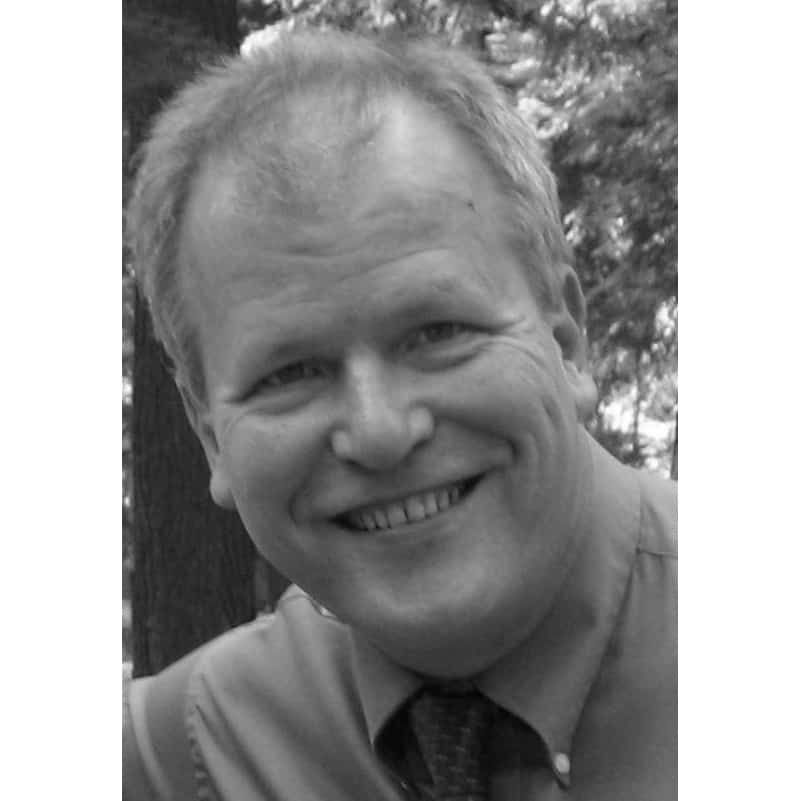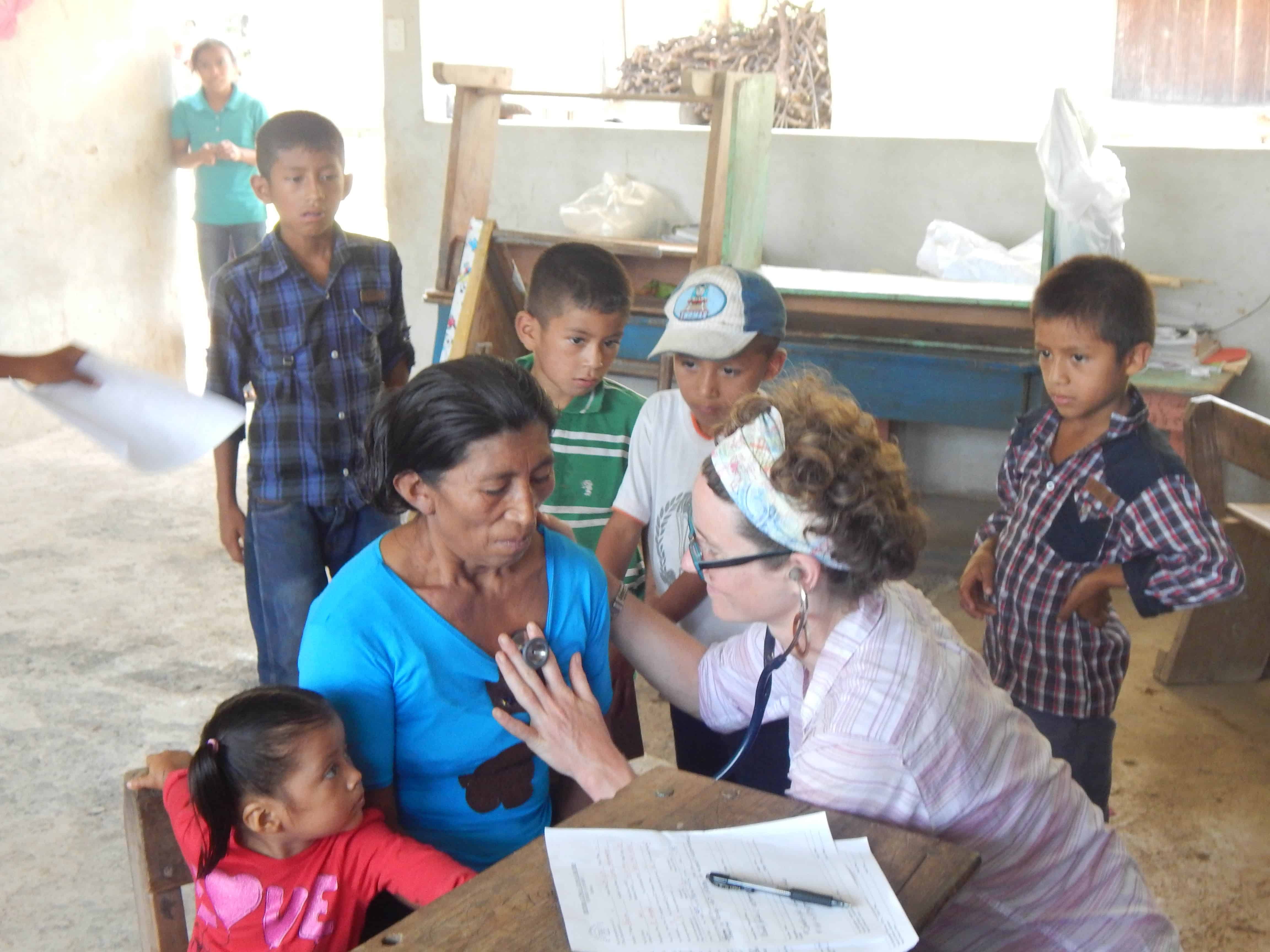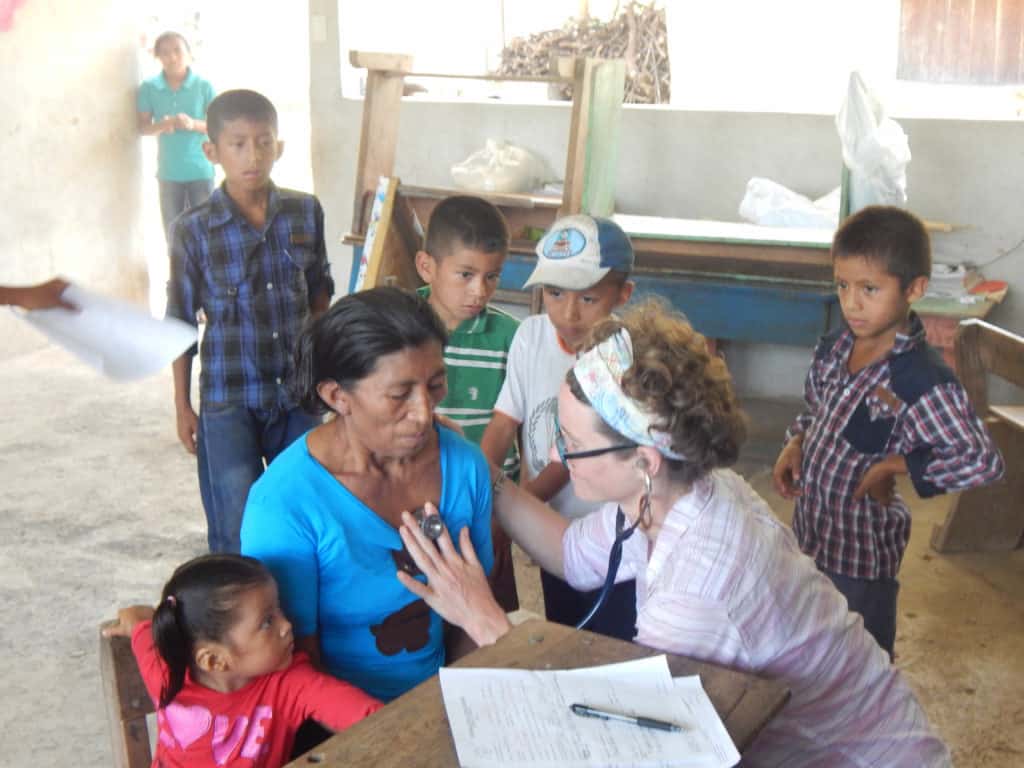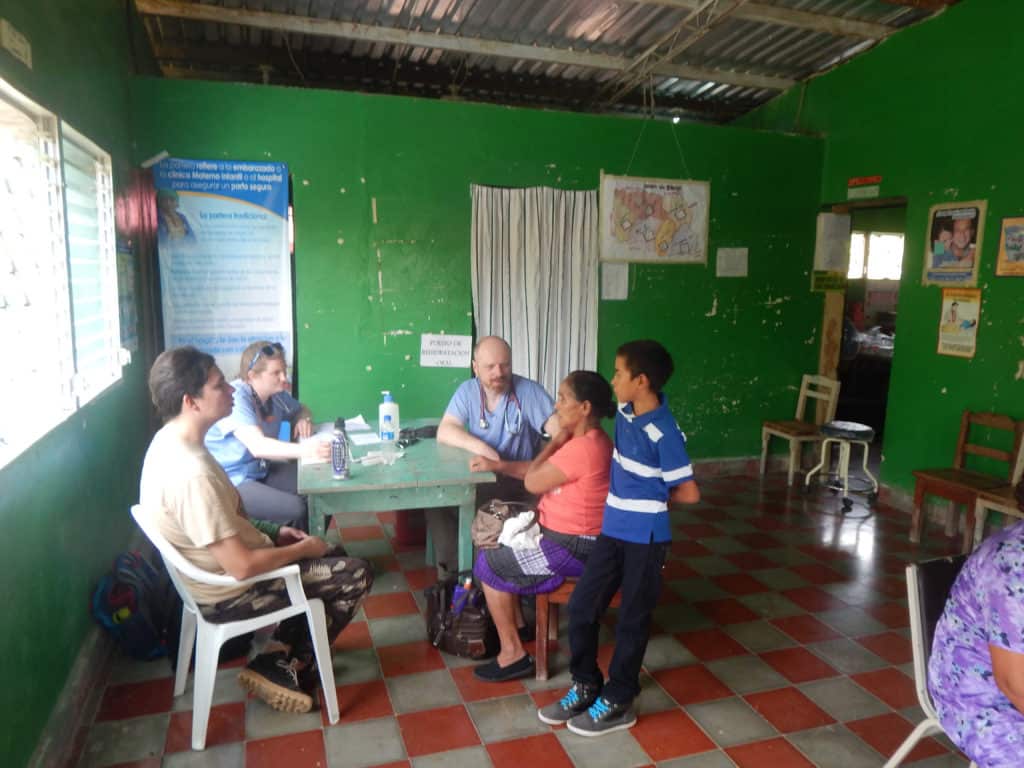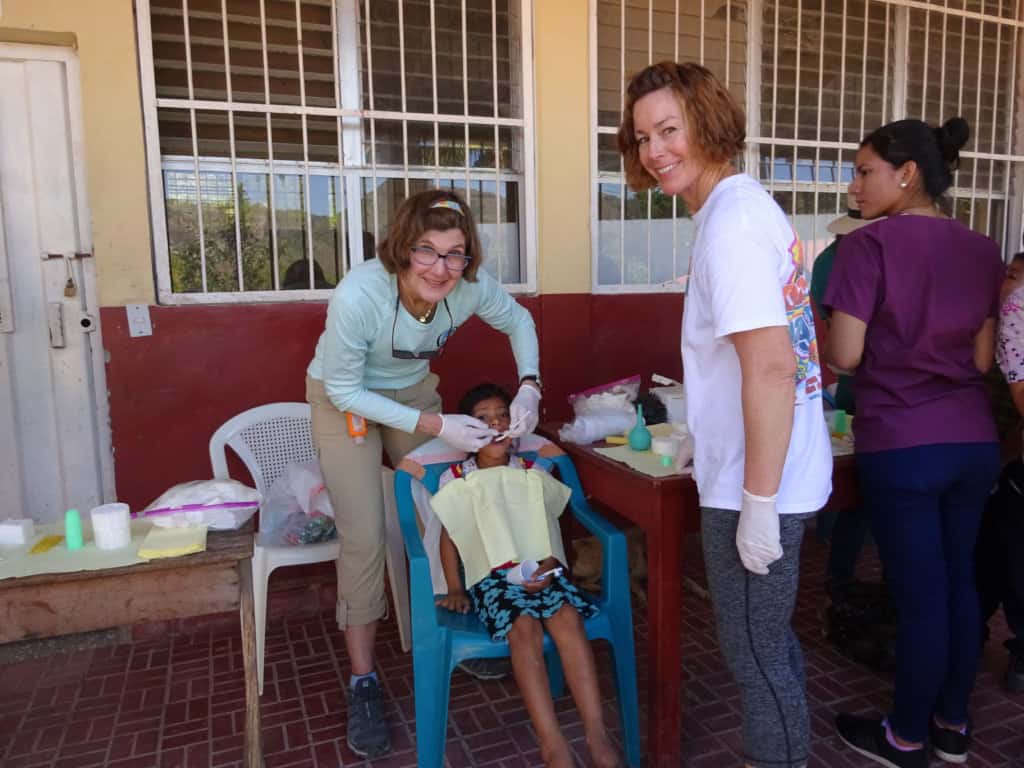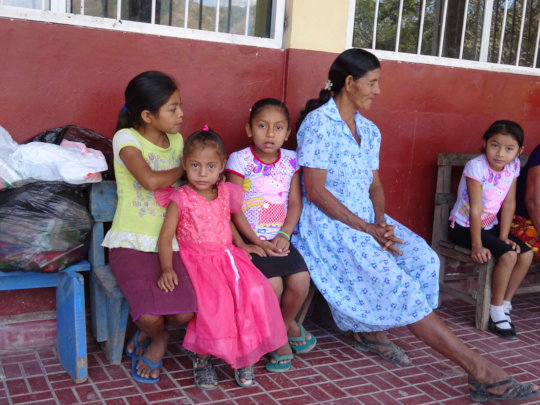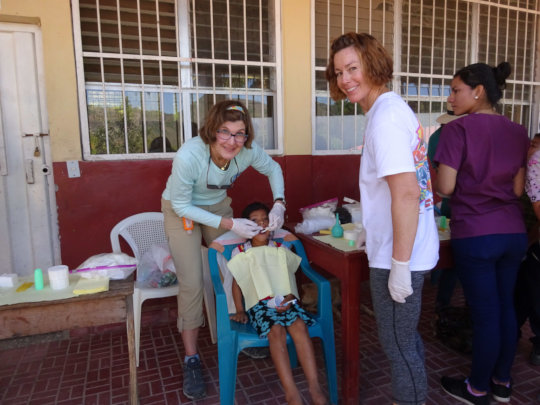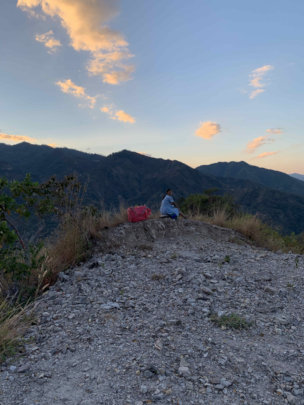In memory of Paul Manship
FINANCES
We ended 2018 on a solid financial basis. All Programs were fully funded by donations. Program budgets have been submitted for 2019. We will need to continue a rigorous fundraising program in 2019, to full fund all of the programs.
| Donations by Category: | ||||
| 2015 | 2016 | 2017 | 2018 | |
| Dental | 33,539 | 19188 | 17,370 | 18,980 |
| Scholarships | 36,813 | 36,215 | 66,995 | 25,013 |
| Nutrition | 0 | 0 | 38,409 | 50,130 |
| Bilingual School | 15,067 | 26,871 | 17,135 | 19,425 |
| Bilingual School Construction | 0 | 21,039 | 21,250 | 4,775 |
| Virtual Fiesta | 21,142 | 9675 | 0 | 0 |
| CREE (Tech & Robotics) | 0 | 0 | 20,171 | 19,525 |
| Undesignated Funds | 43,512 | 52692 | 70,649 | 31,055 |
| 150,073 | 165,680 | 251,979 | 168,903 | |
BRIGADES
In 2018, we hosted 13 Brigade groups, for a total of 137 travelers. Groups were affiliated with the following organizations:
Brown University
Wingate University
Mountain Area Health Education Center (MAHEC)
University of Maine
Virginia Commonwealth University
Ohio State University
Duke University
University of Chicago
Genessee Valley Presybyterian
Unidad Hospitaleria Movil Latino America (UMHLA)
BILINGUAL SCHOOL
We finished the 2018 school year on Nov 30th. It was a very successful year. We had 135 students enrolled – from Kindergarten to 5th grade. In the next school year (2019), we will have 155 students, in grades Kindergarten to 6th grade. We have finally, after 7 years, arrived at full capacity at the school. That is really exciting!
Thanks to the generous $10,000 donation from Catholic Relief Services, and the addition of $10,000 from StS generous donors, we built our last building on the campus – a combined kitchen, dining hall, and meeting space. It is beautiful!
ROBOTICS
Thanks to the donation of Alan Ostrow’s time, the Hondurans robotics team competed in in Mexico City. The team was coached again by Daniel Marquez (high school math teacher) and Henglyns Lemus (High School Informatics teacher). We came in 16th place, and received a Silver medal for design. StS invested $15,000 to support this team, and send them to Mexico City. It is expected that the 2019 competition will be in Canada. We have not yet decided if we will have the funds available to send a team to the international competition.
However, the excitement from the International Robotics competition has led to the creation of local Legos Robotics teams. We are supporting the startup of robotics clubs in Santa Lucia and Concepcion. There are Legos teams in Honduras that compete in-country, and we are hoping that some of the teams from the Frontera will be able to participate in those competitions. In late November, we held a local robotics competition, in which 6 teams participated.
TECHNOLOGY IN THE SCHOOLS
The overall program (CREE) to provide technology based curriculum support is currently reaching 2300 children, used by 31 teachers in 12 schools. By end of the 2019 school year, the plan is to cover 3750 children, and 68 teachers in 23 schools. We utilize the Khan Academy in a local delivery vehicle called KA lite by LearningEquality.org. We won a $15,000 grant from Learning Equality. This, coupled with a donation of 25 laptop computers, will support our expansion into seven middle schools and seven elementary schools.
In addition to our work directly in the schools, we supported the Math Olympics with tablets loaded with Khan Math lessons. This year’s national finals were in La Esperanza. The students from Intibucá did very well.
NUTRITION (Mani)
We are providing micronutrient supplements to 2800 children in 3 municipalities. The annual budget for this program is $100,000. In June, the Mathile Foundation awarded us a grant of $50,000 to continue the program from September 2018 through August 2019. We need to raise the remaining funds. With the recent donation of $12,000 from Tim Gunderman, our goal is to expand the end date of the program to the end of 2019. We are currently about $20,000 short of that goal.
SCHOLARSHIPS —for High School Students (and a few University students)
Fidelina Gehner has created a very stable and self-sustaining program (successful due to her hard work on continually fund-raising for this program!). The annual budget for this program is $50,000.
In 2018, the scholarships were distributed as follows:
- San Antonio: $3,500 (20 students)
- Camasca: $4,500 (50 students)
- Concepcion: $4,200 (23 students)
- Santa Lucia: $3,500 (20 students)
- Magdalena: $3,500 (20 students)
- University students: $23,500 (donor designated funds for 8 students)
DENTAL
Drs. Larry and Jan Tepe have completed the transition of the StS Dental practices into two private practice dental centers. Both dentists are seeing more patients that ever, making more money than their previous salaries. Idalia Ramos has private dental practice, drawing patients from La Esperanza. Dr. Floricia (Flor) Amaya attends the University in Tegucigalpa during the week; she sees patients from Friday through Monday, and is fully scheduled.
The Tepes have continued to raise funds, to support StS’s dental services in the Frontera.
STAFFING
- Paul Manship: Executive Director. Passed away in March 2018.
- Laura Manship: Executive Director. Working from MA, with trips to Honduras 3 times/year.
- Mariela Rodriguez: Assistant Director. Living in Honduras. Contract July 2018 – June 2020.
- Edel Andino: Technology Coordinator. Contract June 2018 through May 2020.
- Damaris Quintero: Scholarship Coordinator. Full time employee since June 2015.
- Gisela Ramos and Sandra Diaz: MANI Coordinators. Full time employees since June 2016.
- Gustavo Meza: Brigade Coordinator. Full time employee since August 2017.
- Iris Giron: Community Development Coordinator (funded by VCU and Brown Universities). Full time employee since September 2017.
- Nely Vasquez: Recent graduate from the Leadership Center, working as a teacher’s aide in the Bilingual School. Full time employee, started September 2018.
- Iris Villanueva: Position is “Promotion and Community Relations” for the Bilingual School. She is charged with finding students to enroll, especially from other municipalities, and providing mentoring to the Director and Teachers at the school.
- Volunteers for 2019: Grace Twohig, Maddie McKenna; Asa Kaylor; Henry Lathrop; Antonio Peraza; Elizabeth Morris.
Report prepared by: Laura Failla Manship, LICSW, MBA,
Executive Director
paulandlaura@shouldertoshoulder.org
413.275.4587;
+504.9829.0262


